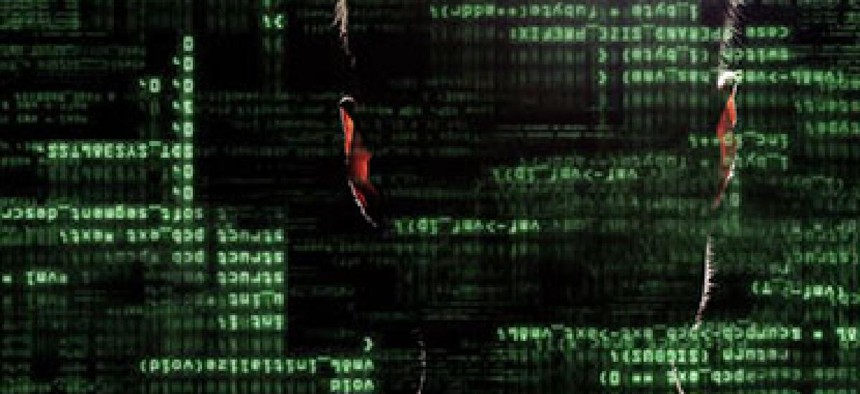Critical tech, reverse auctions and more

News and notes from around the federal IT community.

GAO critiques critical technology safeguards
Agencies responsible for eight programs aimed at protecting defense technologies are having mixed results in achieving that end, says a new GAO report.
While the agencies examined by GAO -- including the departments of Defense, State, Homeland Security and Treasury -- have "made progress addressing previously identified weaknesses," many still having problems implementing all the necessary changes.
GAO singled out export controls as one area that has "seen significant action for reform."
The Pentagon, however, "has not completed an evaluation of the Militarily Critical Technologies List or potential alternatives," GAO said. And both DOD and the Department of Homeland Security need to take "additional actions to improve shipment tracking and verification procedures of arms sales to foreign allies" under the Foreign Military Sales program.
Better interagency cooperation is needed, GAO concluded. "Improved collaboration among the programs and agencies involved in the protection of critical technologies could help increase their efficiency and effectiveness," the report said.
GSA: Reverse auctions booming
GSA says use of its reverse auction tool took a dramatic jump in the last year.
In a Feb. 9 blog post, Joan Kornblith, GSA's Federal Acquisition Service communications manager, said over the past year, her agency's reverse auction platform in the first quarter of 2015 surged 1,000 percent compared with the same period a year earlier. During that time, she said, auction sales bounded from $737,000 to $10.8 million, with the total awarded auctions for small and large businesses equaling $24 million. The agency's reverse auction platform can be used by federal, state, and local government for commonly purchased products, equipment, and simple services, including some commodity IT products.
Since the GSA reverse auctions tool was released in July 2013, 22 government agencies have created more than 900 auctions with it, according to the agency.
Can a handheld device detect IEDs?
In its continuing effort to prevent injuries caused by buried explosives, the Army is looking to put the latest detection technologies into a lightweight handheld device with a user-friendly interface that accommodates data from multiple sensors, Defense Systems reports.
The Army has issued a solicitation looking to collect information in nine areas related to detecting buried explosives, which can include landmines, metallic and non-metallic improvised explosive devices and triggering devices with non-metallic conducting components and wires.
ICMA, SAS offer government performance analytics tool
The International City and County Management Association and analytics software firm SAS have launched a platform that allows local governments to compare program performance data against other jurisdictions using the tool, GCN reports.
The cloud-based ICMA Insights application runs comparisons on metrics gathered from police, fire, trash collection and other permit issuing agencies. The app analyzes data from 950 different measures across seven categories, according to ICMA.





